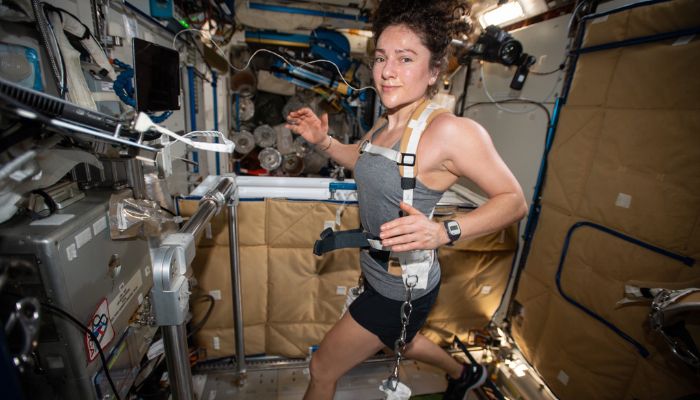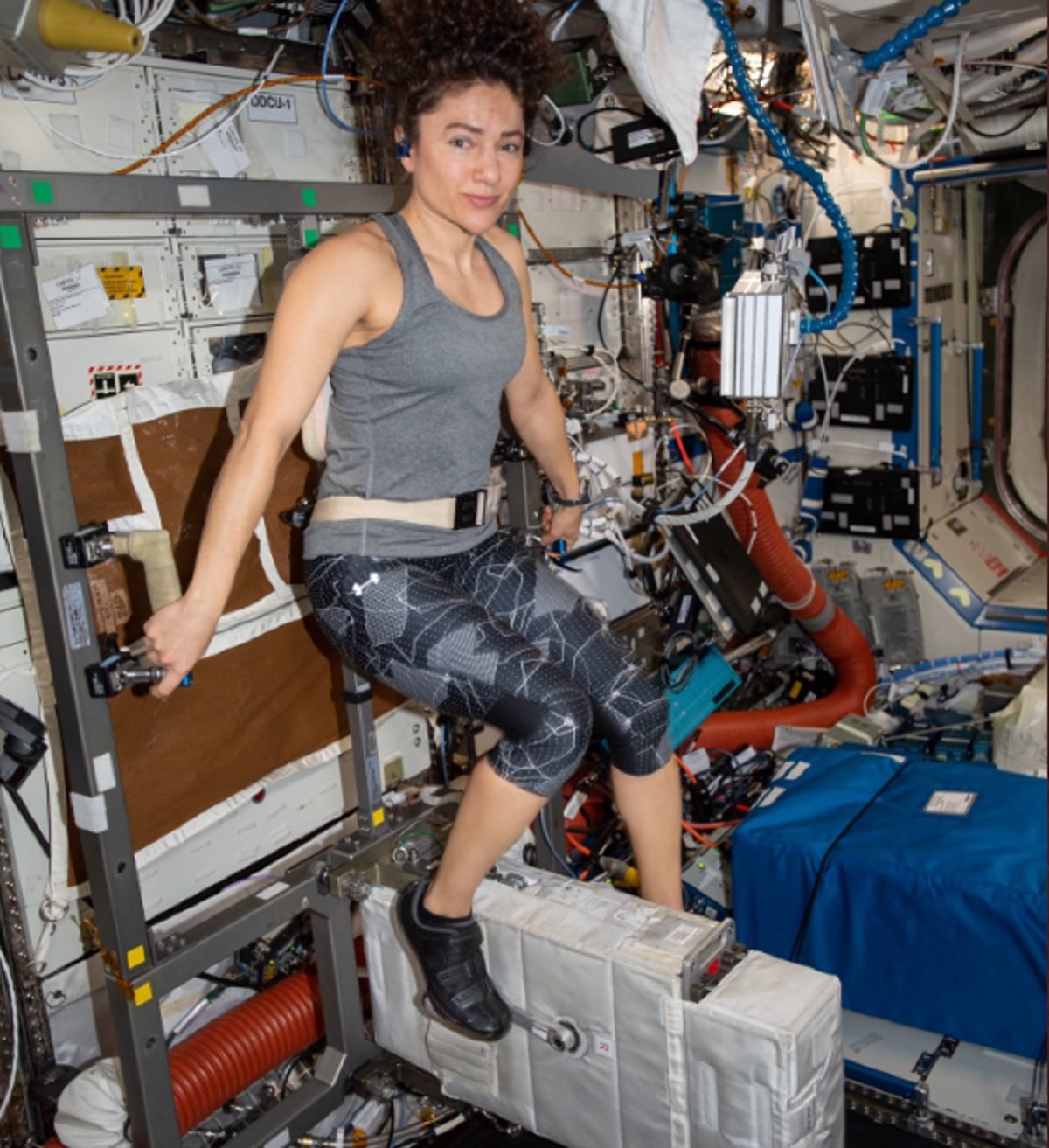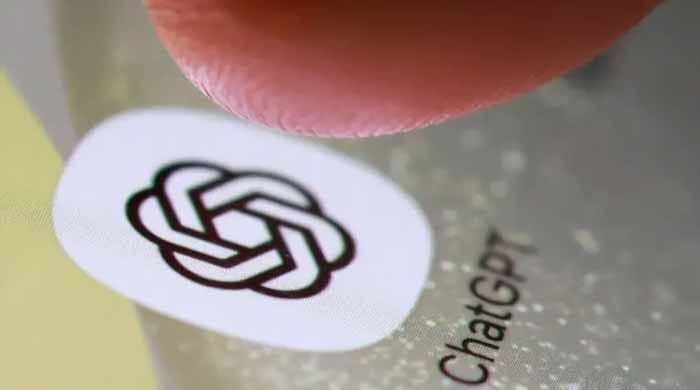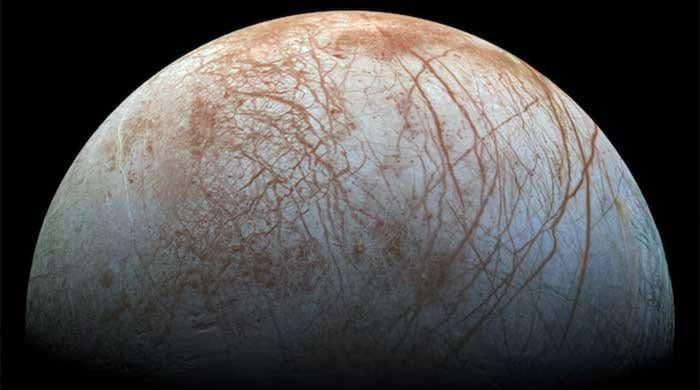How do astronauts work out in space?
To work out like astronauts, you would need to weight train in beds and run straight up walls like the cartoon Roadrunner
March 08, 2023

Recent studies on the advantages of space workouts suggest that you should exercise like an astronaut to prevent the harmful consequences of prolonged sitting, reported The Washington Post.
The study, which involved volunteers in Houston who were bedridden and astronauts on the International Space Station, suggests that the right combination of scientifically proven exercises can prevent negative physical effects from being weightless on the space station or inactive for extended periods of time on Earth.

“Exercise is quite potent in these conditions,” Lori L. Ploutz-Snyder, the former lead exercise scientist at the NASA Johnson Space Centre and also the co-author of the new research, said
But how do astronauts really work out without any gravity?
To understand that and work out like astronauts, you would need to weight train in beds and run straight up walls like the cartoon Roadrunner to accurately replicate low-gravity training. But, with a few adjustments, astronauts' daily workout regimens can be made to function on Earth and aid in the development of our own "out-of-this-world" fitness.
Why do astronauts need exercise?
The International Space Station is still in its long-term Earth orbit, NASA's recently launched Orion spacecraft is circling the moon, and private rocket companies are offering expensive tourist trips to the stars.
Sadly, our bodies are not designed for space travel. In microgravity, cardiovascular fitness rapidly declines, and muscles and bones bear no weight and quickly shrink.
Jessica Meir, an astronaut and a scientist who has served as a flight engineer on the ISS, said that astronauts would lose "significant muscle mass and bone density" without exercise.
Meir, who spent 205 days in orbit during the 2019 and 2020 trips to the International Space Station, praises the benefits of her workouts there. On the International Space Station, exercise is a crucial component of our daily regimen, she said.
"Our on-board exercise suite consists of a treadmill, a weight lifting device, and even a space version of a stationary bicycle," she recently in a tweet.
NASA installed exercise equipment aboard the space station in the 1990s and astronauts obediently started working out slowly and laboriously for many hours each day while pacing themselves to prevent injury and exhaustion, TWP report said. But even so, they lost strength and muscular mass.
Hence, Ploutz-Snyder and her NASA scientific colleagues started thinking about intensity in the early 2010s. By that time, research on exercise had established that short bursts of challenging, all-out activity increased strength and endurance.
The experts questioned whether such brief yet vigorous exercise would be safe and efficient in space. They requested 34 people from Earth to retire to bed and stay there for 70 days straight in order to find out.









